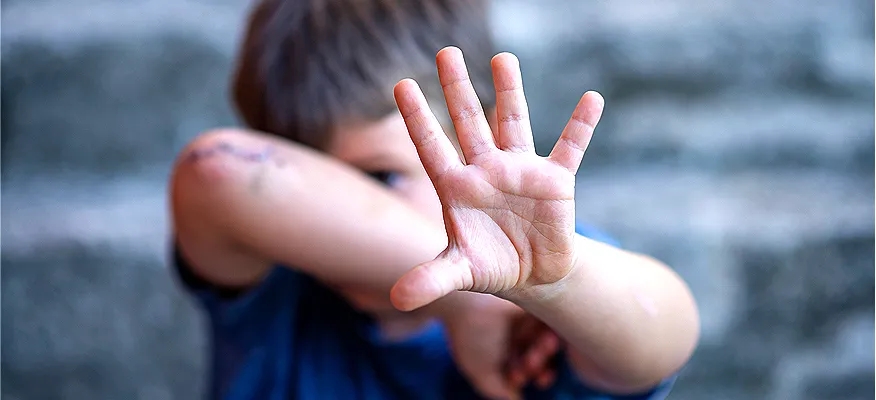How to Deal with Anxiety in Children
- By Dr. Burtseva Tamara Viktorivna
- 07 Nov 2024
- Verified by Dr. Iunis Galina Ivanovna

Key highlights or summary
- Childhood anxiety is common and treatable.
- Recognizing the signs of anxiety is the first step toward supporting your child.
- Various coping strategies can help manage a child's anxiety effectively.
- Creating a supportive home environment is critical.
- Encouraging social connections can help a child overcome social anxieties.
- Timely intervention can prevent long-term issues related to childhood anxiety.
Rate our article
We'd love to know!
- 0
- 0
- 0
- 0
- Anxiety in Children: Causes, Symptoms & Treatment
- Anxiety in children - NHS
- Anxiety Disorders (for Parents) | Nemours KidsHealth
- What to Do (and Not Do) When Children Are Anxious
- Helping children manage anxiety - Mayo Clinic Health System
- Anxiety in children - Harvard Health
- Types of Anxiety Disorders in Children | NYU Langone Health
- Anxiety disorders in children | NHS inform
- The Anxious Child | Mental Health Foundation
Related articles
See AllFrequently asked questions
Get the information you need.
Treating social anxiety in children naturally involves a number of strategies. Regular physical activities, plenty of sleep, and a healthy diet can make a significant difference. Also, teaching your child simple breathing exercises or mindfulness techniques can be an effective way to deal with a sad child or mid-toddler crisis.
Certain vitamins and minerals might help with childhood anxiety. Vitamins like B-complex, magnesium, and omega-3 fatty acids have been observed to reduce anxiety symptoms in children. However, consulting with a healthcare professional before starting any new dietary supplement program is always recommended.
To determine if your child has an anxiety disorder, there are several signs to look for. These could range from excessive worry and fear, trouble sleeping, irritability, or constantly seeking reassurance. If you notice these signs of anxiety in children, it's important to consult with a mental health professional who can properly diagnose and guide you on the best course of action.
Absolutely! Anxiety in children is definitely treatable. It may involve therapy, lifestyle changes, or even medication in some cases. Cognitive-behavioral therapy has shown success in treating social anxiety disorder in children by helping them understand and change thought patterns that lead to fear and anxiety.
Teaching a scared child not to be scared involves acknowledging their fears without dismissing them. Encourage them to express their feelings and reassure them that it's okay to feel scared sometimes. Help them understand that everyone gets scared and provide them with strategies for coping with their fears. It's also crucial not to reinforce their fears by allowing them to avoid situations that frighten them. Instead, patiently support and reassure them as they face their fears.
How was the experience with article?
We'd love to know!